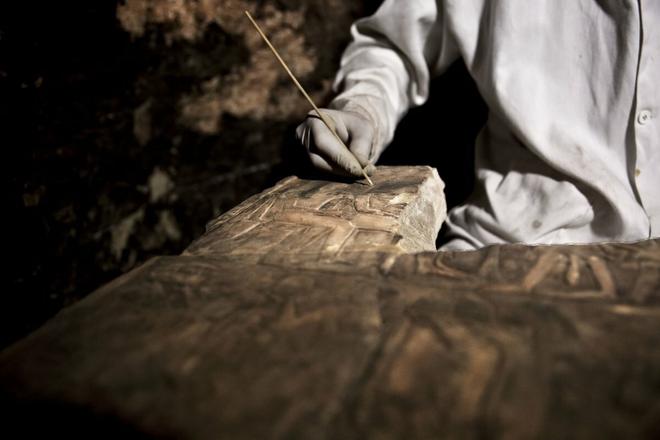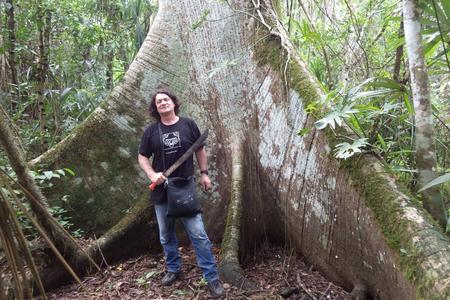Foresters are helping Slovak archaeologists save history. Archaeologists from the Archaeological Institute of the Slovak Academy of Sciences (AÚ SAV) used the skills of workers of the National Forestry Centre (NLC) in Zvolen to harness the technology of LiDAR, Light Detection and Ranging and aerial laser scanning.
Saving time
They succeeded in identifying the remains of human activity preserved in the forest environment thanks to this technology.
Ján Lichý from the marketing department of NLC explains that thanks to LiDAR analysis, archaeologists of AÚ SAV were able to discover new archaeological localities that have been verified in the terrain.
“This process saves lots of time because it was obvious where they should go,” explains Lichý, as quoted by the TASR newswire. “Among the newly-discovered localities are fortified settlements from the Bronze Age and early Middle Age but also linear banks.”
Helping with discoveries
More specifically, it was possible to identify the so-called Spečený bank in Hont, which could not be identified in the part between Bátovce and Žemberovce. Historical roads close to Pustý castle were also reconsturcted in Zvolen. In addition, evidence of stone mining and coal production from the Middle Ages and Modern history was found.
LiDAR technology is used in forestry for mapping roads and streams and to define the amount of biomass and carbon balance. It is also used by tourists, cyclists, runners and speleologists.
Ľuboš Halvoň, general manager of NLC, opined that this broadscale usable technology will be developed in the future thanks to its authenticity, precision, and accuracy.



